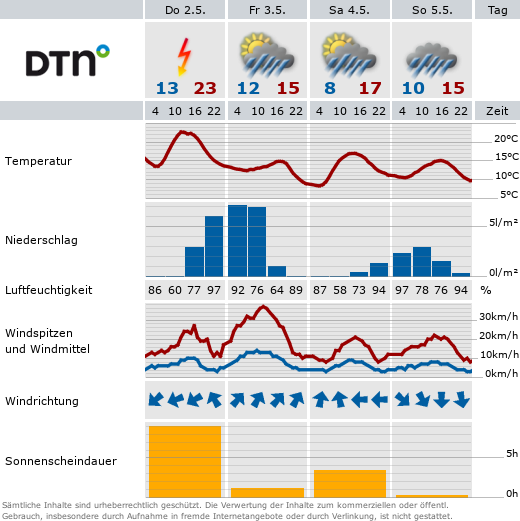Thesis defense of Qais Al Bataineh
- Defense
Detecting and characterizing nano-objects with low concentrations, such as biological particles, is a substantial challenge in analytical science. The wide-field surface plasmon resonance microscopy (WF-SPRM) can detect individual nano-objects in solutions and gas media bound to the sensor surface. Therefore, WF-SPRM can detect low nano-object concentrations because the image contains several square millimeters. In this work, the fundamental parameters for building highly sensitive WF-SPRM were optimized. The effective medium model of the SPR sensor treated the molecules bound on the sensor surface as an effective medium with an effective refractive index and thickness. However, WF-SPRM can detect individual nano-objects in solutions and gas media. Therefore, we derived a discrete particle model of SPR to describe the SPR sensor of discrete particle detection. Theoretical, numerical, and experimental analyses of the SPR detection principle were performed by considering discrete particle detection. The calculated single and double nanoparticle intensity profiles from the discrete particle model are in accordance with experimental data.
Additionally, the influence on the SPR sensitivity of coating the gold/silver layer with a dielectric layer with varying refractive index is also studied. Different polyelectrolyte brushes, like polyacrylic acid, polyacrylic acid-polyethylene oxide, and polyacrylic acid/iodine, are used to validate the enhancement of the SPR sensitivity. Validation experiments are performed using polystyrene and silica nanoparticles of varying sizes. The SPR discrete particle model is introduced to describe the detection principle for discrete particles. Theoretical, numerical, and experimental analyses were conducted, and the calculated intensity profiles of single and double nanoparticles from the discrete particle model were compared to the experimental profiles.
Finally, the surface plasmon coupling behavior between the localized surface plasmons (LSPs) of different shapes and sizes of metal nanostructures and the propagating surface plasmons (PSPs) of the metal surface is investigated by employing experimental, simulation, and theoretical approaches. First, the coupling behavior of the gold layer of WF-SPRM with single-, two-, and multiple-gold nanoparticles (AuNPs) with different AuNPs sizes is investigated using theoretical, simulation, and experimental approaches. After that, different shapes of AgNSs, including sphere, triangle plate, and hexagonal plate, are synthesized using a one-step solvothermal reduction method. The surface plasmon coupling behavior between the LSPs of different shapes of AgNSs and the PSPs of the Ag surface is investigated using wide-field surface plasmon resonance microscopy (WF-SPRM), finite element method, and derived method based on scattering theory.








